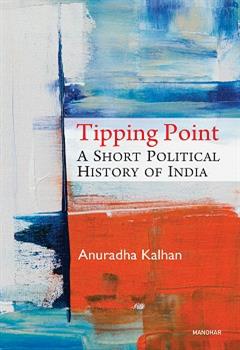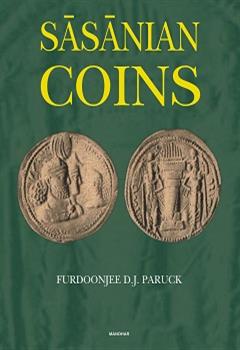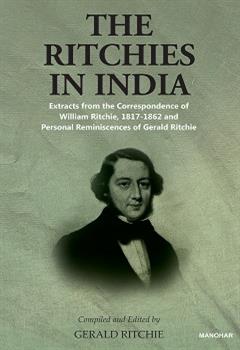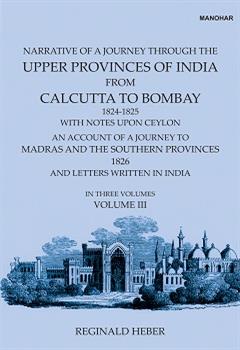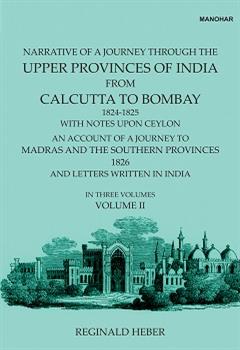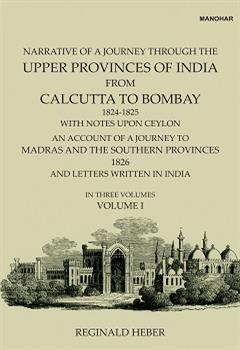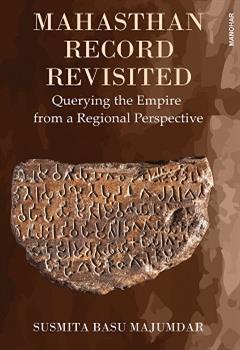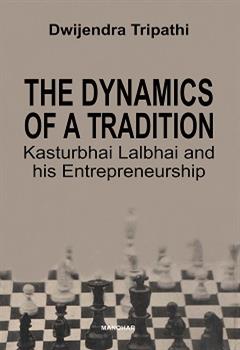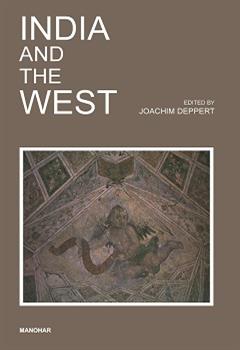History
Featured Products
Tipping Point: A Short Political History of India
₹1,592.20
M.R.P.:₹ 2,095.00
You Save: ₹502.80 (24.00% OFF)
The Ritchies in India: Extracts from the Correspondence of William Ritchie, 1817-1862 and Personal Reminiscences of Gerald Ritchie
₹1,312.50
M.R.P.:₹ 1,750.00
You Save: ₹437.50 (25.00% OFF)
Narrative of a Journey Through the Upper Provinces of India, From Calcutta to Bombay, 1824-1825. (With Notes Upon Ceylon,): An Account of a Journey to Madras and the Southern Provinces, 1826, and Letters Written in India (Vol. III)
₹1,516.00
M.R.P.:₹ 1,895.00
You Save: ₹379.00 (20.00% OFF)
Narrative of a Journey Through the Upper Provinces of India, From Calcutta to Bombay, 1824-1825. (With Notes Upon Ceylon,): An Account of a Journey to Madras and the Southern Provinces, 1826, and Letters Written in India (Vol. II)
₹1,596.00
M.R.P.:₹ 1,995.00
You Save: ₹399.00 (20.00% OFF)
Narrative of a Journey Through the Upper Provinces of India, From Calcutta to Bombay, 1824-1825. (With Notes Upon Ceylon,): An Account of a Journey to Madras and the Southern Provinces, 1826, and Letters Written in India (Vol. I)
₹1,516.00
M.R.P.:₹ 1,895.00
You Save: ₹379.00 (20.00% OFF)
Har Dayal: Hindu Revolutionary and Rationalist
₹1,180.30
M.R.P.:₹ 1,595.00
You Save: ₹414.70 (26.00% OFF)
Mahasthan Record Revisited: Querying the Empire from a Regional Perspective
₹835.80
M.R.P.:₹ 995.00
You Save: ₹159.20 (16.00% OFF)
The Dynamics of a Tradition: Kasturbhai Lalbhai and his Entrepreneurship
₹990.45
M.R.P.:₹ 1,395.00
You Save: ₹404.55 (29.00% OFF)
India and the West: Proceedings of a Seminar Dedicated to the Memory of Hermann Goetz
₹1,116.00
M.R.P.:₹ 1,550.00
You Save: ₹434.00 (28.00% OFF)


